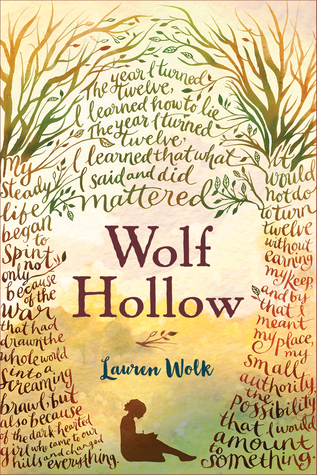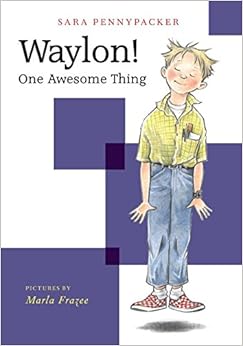 Sarah Crossan
Sarah CrossanScholastic, 2012 211 pgs
Grades 6-8
Narrative Poetry
Free verse poems tell the story of Kasienka as she and her mother travel from Poland to England searching for Kasienka's father who left two years earlier to seek his fame and fortune. We see through her eyes the immigrant experience and the struggles of fitting into a new school. At first Kasienka is placed in sixth grade, even though she is almost thirteen, because she does not speak English. After midyear testing the teachers realize their mistake and move her to the proper grade, where she gets bullied by a nasty girl named Clair and her entourage. The home front is not much better. Kasienka and her mother are squeezed into a tiny studio apartment where they must sleep in the same bed and share a bathroom with a neighbor. Their neighbor, a former doctor from Kenya, becomes a friend and instead of only a bathroom, they begin to share meals and laughs. It is he who locates Dad and reveals to Kasienka his whereabouts. Dad has moved on with his life and does not wish to be reunited with Mama. When Mama faces this reality her life becomes hopeless and Kasienka is powerless to fix the situation. Meanwhile, the social situation at school escalates. It is through swimming, a first romance with an eight grade boy, and a new friendship with a fellow newcomer that Kasienka finds solace.
Beautiful and lyrical narrative poems tell the story and struggles of Kasienka, as she attempts to make sense of a new land and changing family dynamic, all while experiencing the pains of adolescence and growing up. Because of the structure of the telling, through the poetry we feel Kasienka's emotions and experiences vividly and see life for a little while through the eyes of a Polish girl trying to make sense of a whole new world. This book is packed with emotions, yet reads quickly and is rather short. It would be a good choice for reluctant readers and would work well for classroom use. The romance is rather innocent, yet is heartfelt and will resonate with readers. Kasienka's mother is one of those characters I find frustrating: a mother so caught up her in own problems that she is unable to properly mother, but by the end she has experienced some healing and Crossan leaves us with hope for this relationship. Through swimming, her few positive relationships, and working through her problems Kasienka gains confidence and by book's end manages to stand up to the bully, ending the story on an optimistic note. Even though this book is set in the UK the immigration experience is very translatable and relevant to American children. Maybe after reading it middle school kids will be kinder to that new face in the classroom, looking around bewilderingly for a friend. The Weight of Water was given to me as assigned summer reading from my eighth grade daughter. She loved the book and felt personally touched by the story enough to force me to read it. based on this recommendation I feel that the book speaks to young teenagers and will find an audience.
![The Million Dollar Shot (new cover) (Million Dollar Series)] [By ...](https://images-na.ssl-images-amazon.com/images/I/510sZLT8K6L.jpg)









